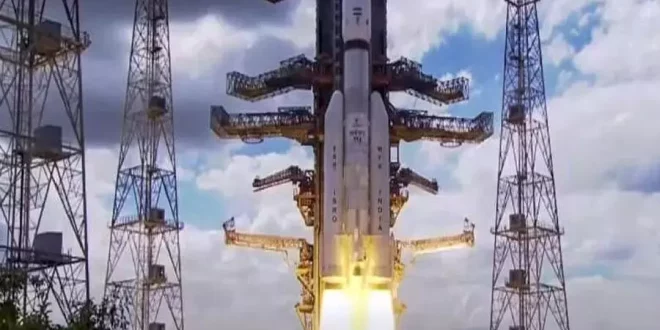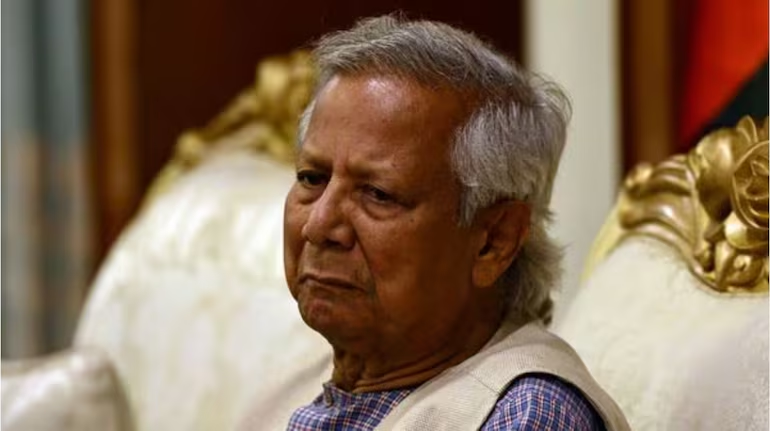Melbourne. When India soon makes its second attempt to land on the surface of the moon, (moon ) it will be a matter of much more than national pride. India’s Chandrayaan-3 will attempt to land on the lunar surface on August 23, potentially paving the way for several economic benefits.
Chandrayaan-3 is the third lunar exploration mission of the Indian Space Research Organisation, and if successful, India will be the fourth country to soft-land on the lunar surface after the US, the former Soviet Union (now Russia) and China. After the landing of Chandrayaan-3, there is a plan to deploy a rover on the Moon and study the South Pole of the Moon.
This will affect the economy of India
It is not only a matter of national pride for this country engaged in space travel. The success of Chandrayaan-3 can have a great impact on India’s economy. The world has already seen the benefits of space-related efforts in everyday life, such as water recycling on the International Space Station with access to clean drinking water, Starlink spreading the Internet around the world, increased solar power generation, and health technologies. With the growing demand for satellite imagery and global navigation data, several reports show that the world is already in a booming phase of the space economy.
The Space Foundation has said in its annual report that the global space economy has reached a value of $ 546 billion in the second quarter of 2023. This figure shows an increase of 91 percent in this value in the last decade. India’s space economy is expected to reach $13 billion by 2025. Successful landing on the moon will also tell about India’s technical capability.
India’s Chandrayaan-1 was also very successful
The US space agency NASA successfully landed humans on the moon 50 years ago during the Apollo mission, but many seem to have forgotten the steps and the huge amount of money it took to get there. India’s first attempt to reach the Moon with Chandrayaan-1 was successful in almost every objective and scientific goal, with evidence of water being found on the lunar surface for the first time. But ISRO lost contact with the spacecraft only after completing 312 days of this mission scheduled for two years.
On 6 September 2019, under the Chandrayaan-2 mission, India again attempted to reach the lunar surface with the Vikram lander carrying the Pragyan rover. However, contact with the lander was lost 2.1 kilometers from the lunar surface, and photographs taken by NASA later confirmed that it crashed into the lunar surface.
Many improvements made in Chandrayaan-3
Many improvements have been made in Chandrayaan-3 by taking lessons from Chandrayaan-2. The target landing area has been extended to 4.2 km in length and 2.5 km in width. Chandrayaan-3 also has four engines with Laser Doppler Velocimeter which means it can control its altitude and orientation in all phases of landing on the Moon.
If Chandrayaan-3 is successful, it will show how space is becoming more accessible and it will show India’s continued determination to achieve this difficult mission. With each successful mission, humanity’s knowledge of the lunar surface and its environment increases, which means that the risks of reaching and staying on the Moon decrease.
 Indian Thought Latest News & Views
Indian Thought Latest News & Views



